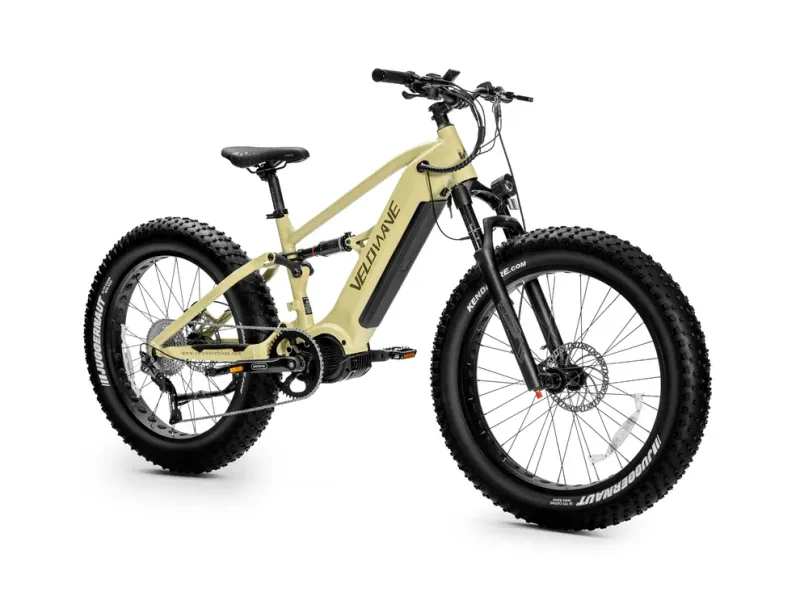Electric bikes are becoming more popular, but so is bike theft. These bikes are expensive, costing between $700 and $12,000. Owners worry about losing their valuable rides.
This guide will show how

Understanding Modern Electric Bike Security Challenges
E-bike owners face new security challenges. Bike theft has become more planned, with thieves targeting expensive e-bikes. Old security methods don't work well for these high-value bikes.
Current Statistics on Electric Bike Theft
The numbers are alarming:
- E-bike theft rates have gone up by about 24% in big cities over three years
- Only 5-10% of bikes without tracking are ever found
- Insurance claims for stolen e-bikes have doubled in two years
Lost bikes cost more than just money. Owners feel sad and stressed when their e-bikes are stolen. This is true, even if the bike was expensive or had special meaning.
Traditional Security Methods and Their Limitations
Old security like U-locks and chains has worked for years. But, they're not enough for expensive e-bikes:
- Thieves can cut through most locks in under 90 seconds with battery grinders
- Many e-bikes are stolen from safe places like garages or bike rooms at work
- The parts of e-bikes are valuable, making them targets even when locked
While locks are important, they can't stop determined thieves who target e-bikes.
Why Advanced Security Solutions Are Necessary
Modern e-bike security needs new, digital solutions. Combining digital and physical security gives better protection against today's thieves.

The Role of GPS and Tracking in Electric Bike Security
GPS is key in keeping e-bikes safe. It gives real-time location and alerts, helping prevent theft and find bikes if stolen.
How GPS Technology Enhances E-bike Protection
A GPS tracker on an e-bike does several things:
- Theft Deterrence: Visible GPS security stickers and registration can scare off thieves
- Real-time Monitoring: Owners can check their bike's location anytime through apps
- Movement Alerts: Instant alerts when a bike moves outside safe zones
- Recovery Assistance: Helps police find stolen bikes with precise tracking
- Usage Analytics: Shows routes, distances, and patterns, improving the riding experience
Knowing your e-bike's location all the time is a big plus. It makes owners feel safer when using their bikes for daily tasks.
Benefits of GPS Tracking for Theft Prevention and Recovery
- Increased Recovery Rates: E-bikes with GPS trackers are recovered 60-80% of the time. This is much higher than the 5-10% for bikes without tracking.
- Insurance Benefits: Many insurers give lower premiums for e-bikes with GPS security systems.
- Theft Deterrence: Professional thieves often avoid bikes with visible GPS security indicators.
- Faster Recovery Time: When theft happens, GPS-tracked bikes are usually recovered within 24-48 hours.
For law enforcement, GPS trackers make bike theft easier to solve. They turn a low-priority crime into a quick retrieval operation.
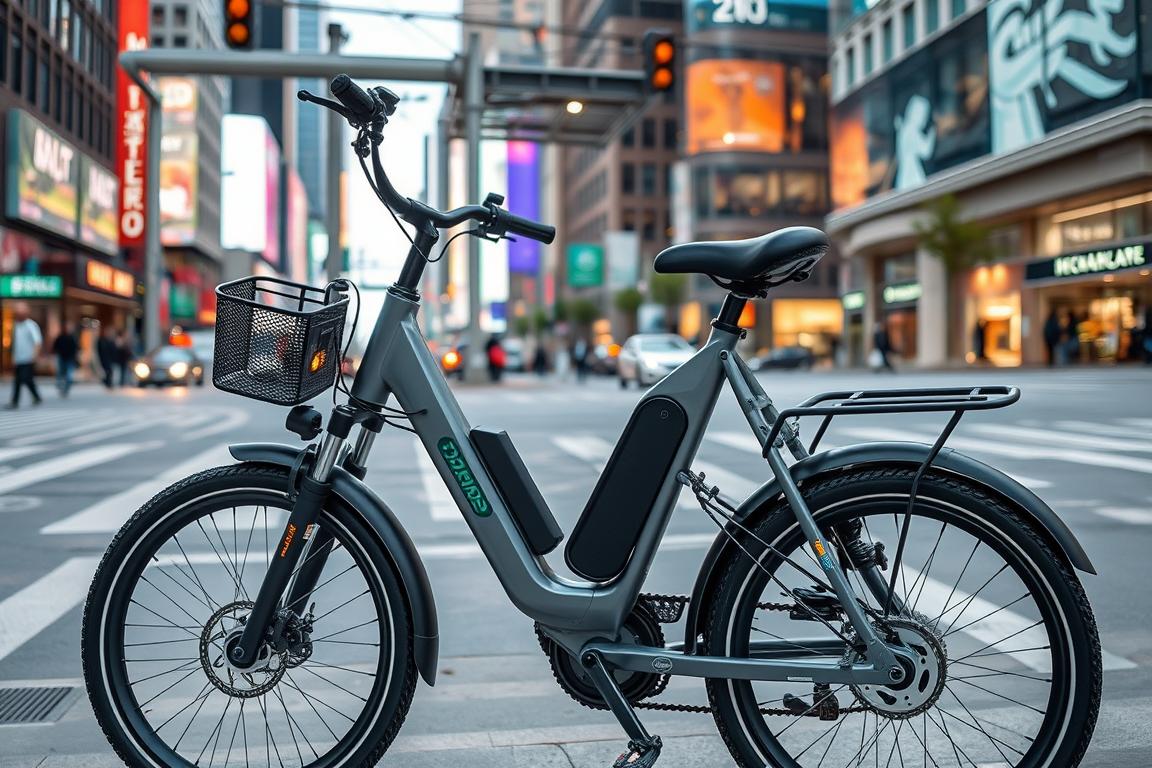
Core Components of GPS Tracking Systems
Knowing the key parts of
GPS Receivers and Satellite Connectivity
The heart of any bike security tracking system is its GPS receiver. This part:
- Talks to global positioning satellites to find exact locations.
- Works all over the world in most outdoor places.
- Is accurate within 2-10 meters, depending on the environment.
- Updates its location data regularly to keep track of where it is.
Modern GPS trackers for e-bike security use many satellite systems (GPS, GLONASS, Galileo). This ensures they work well even in tough urban areas with little sky view.
Mobile Connectivity and Data Transmission
For
- Cellular connectivity (usually GSM/LTE technology)
- Data transmission abilities
- Secure ways to communicate
- Works with many mobile networks
The best GPS trackers for bike security have multi-carrier SIM cards. These automatically connect to the strongest network, ensuring constant monitoring no matter where you are.
Power Supply and Battery Management
The success of any GPS tracker depends on good power management. Real-time tracking solves this problem in several ways:
- Independent Battery Systems: They have long-life batteries that work separately from the e-bike's main battery.
- Smart Power Management: They have sleep modes that kick in when they're not moving.
- Solar Supplementation: Some top systems have small solar panels to help the battery last longer.
- Low-Battery Alerts: They send alerts when the power is low.
Advanced systems built into the bike frame use very little power from the e-bike's main battery. They also have backup power sources to keep security up even if the main battery is taken out.
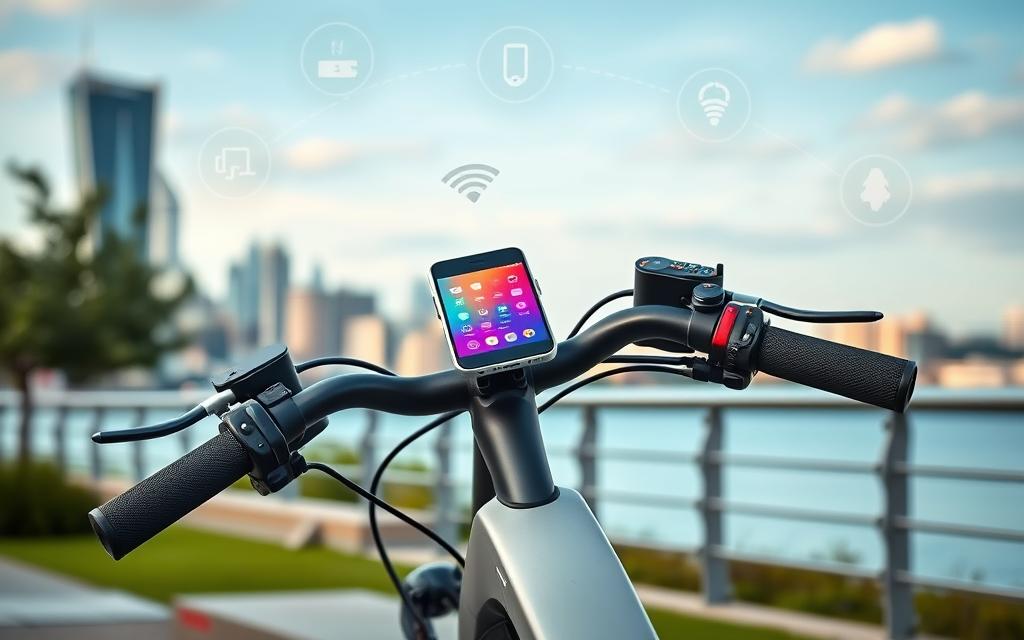
Implementation Methods for E-bike GPS Systems
Installing
DIY Installation vs. Professional Integration
E-bike owners can pick between:
DIY Installation
- Lower initial cost
- External mounting options
- Visible deterrent effect
- Typically uses universal mounting systems
- May need occasional repositioning or maintenance
Professional Integration
- Concealed installation within the frame or components
- Hardwired to the e-bike's electrical systems
- Tamper-resistant mounting
- Often comes with extra security features
- Typically includes professional setup of alerts and monitoring
Many e-bike makers now offer GPS systems as factory options. This gives seamless security without affecting the bike's looks or performance.
Selecting the Right GPS Tracking Device
When picking a GPS tracker for your electric bike, think about these points:
- Battery Life: It can last from days to months, depending on the tech and how you use it.
- Size and Concealment: Smaller trackers are easier to hide but might not last as long.
- Alert Functionality: You can set up different alerts and how you get them.
- Subscription Requirements: Many need you to pay a monthly or yearly fee.
- Weather Resistance: It should work well in rain, dust, and extreme temperatures.
- Tamper Alerts: It will tell you if someone tries to remove or disable it.
The best GPS tracker for you depends on your security needs and how you ride your e-bike.
Installation Considerations for Optimal Performance
How you install your GPS tracker is key to its success:
- Positioning: It needs a clear sky view for the best satellite connection.
- Interference Shielding: Keep it away from motors and other electronics.
- Concealment: Find a spot that hides it well but doesn't hurt its performance.
- Accessibility: Think about how easy it is to replace the battery and do maintenance.
- Antenna Orientation: Some trackers work better with certain antenna setups.
Getting a pro to install it can help a lot, as they know the best spots for different e-bikes.
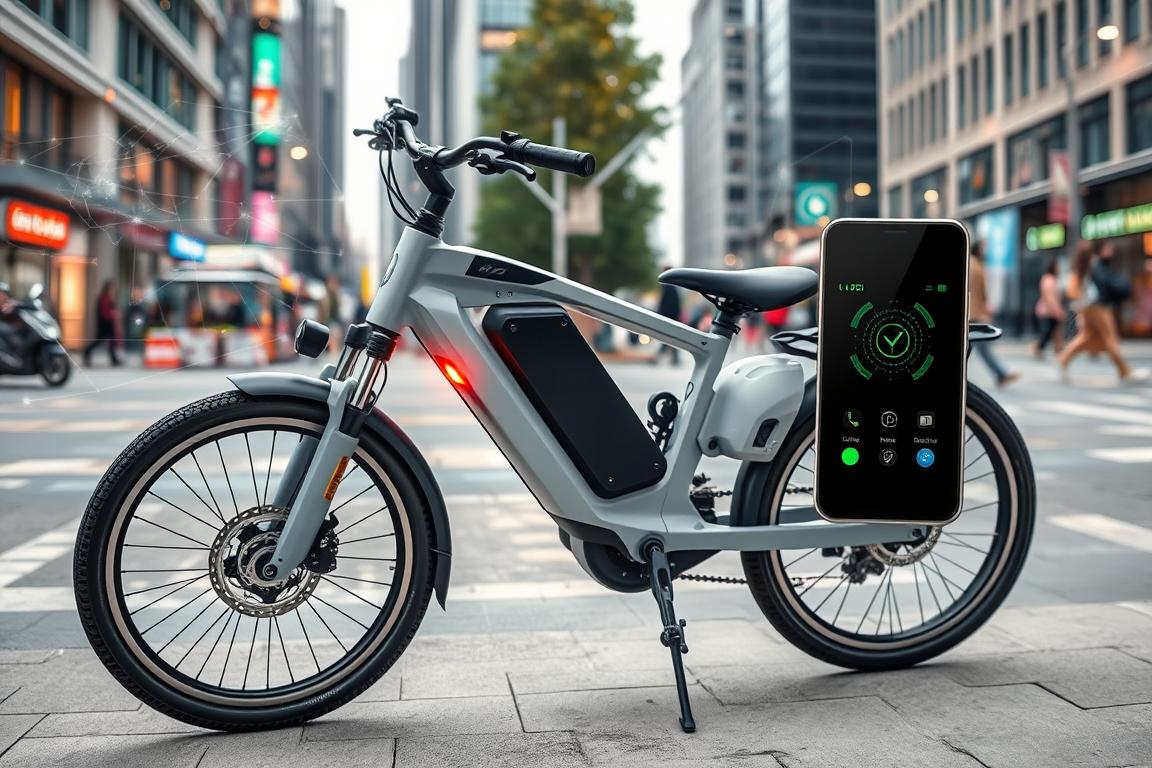
Real-time Monitoring and Recovery Features
Mobile App Integration
Today's GPS systems come with apps that offer:
- Real-time location on maps
- History of where you've been and how you've used it
- Checks on the bike and tracker batteries
- Easy settings for security
- Sharing with family or emergency contacts
These apps make managing your e-bike's security easy, no matter where you are with the internet.
Geofencing Capabilities
Geofencing is a top feature for bike security:
- Virtual Boundaries: Set safe zones around your home, work, or favorite spots.
- Instant Alerts: Get notified if your bike leaves these areas.
- Customizable Parameters: Adjust security levels based on location or time.
- Multiple Zones: Create zones for different needs.
- Temporary Exceptions: Turn off alerts for planned trips outside your usual area.
This tech turns tracking into proactive security by alerting you to theft early.
Alert Systems and Notifications
Alert systems are the first line of defense for e-bike security:
- Movement Alerts: Get notified if your bike moves without permission.
- Tamper Warnings: Alerts if someone tries to disable the alarm or GPS.
- Battery Disconnection: Warns if the bike's main battery is taken out.
- Speed Alerts: Warns if the bike goes too fast (useful for lending).
- Crash Detection: Some systems alert emergency contacts if they sense an accident.
These alerts can come through:
- Push notifications on your phone
- Text messages
- Emails
- In some cases, automated calls to specific numbers
Advancing the Future of E-bike Protection
GPS tech is getting better for e-bike security fast. New trends are making protection even stronger in the future.
Emerging GPS Technologies and Integration
Next-generation GPS security for e-bikes will likely include:
- Miniaturization: Even smaller trackers integrated invisibly within standard components
- Improved Power Efficiency: Extended battery life through advanced power management
- Enhanced Location Accuracy: Centimeter-level precision even in challenging environments
- AI-Powered Analytics: Systems that learn normal usage patterns and alert to anomalies
- Blockchain Integration: Immutable ownership records tied to GPS identifiers
These advancements will make
The Future of E-bike Security Ecosystem
The broader e-bike security landscape is evolving toward interconnected systems:
- Manufacturer Standardization: Industry-wide security protocols and integrated tracking
- Insurance Integration: Direct connections between tracking systems and insurance providers
- Community Networks: Shared alerts among nearby e-bike owners when theft attempts occur
- Law Enforcement Portals: Streamlined information sharing with police for faster recovery
- Smart City Integration: Connected infrastructure that enhances e-bike security in urban environments
These developments will create a more complete protection. It combines individual security with community and infrastructure support.
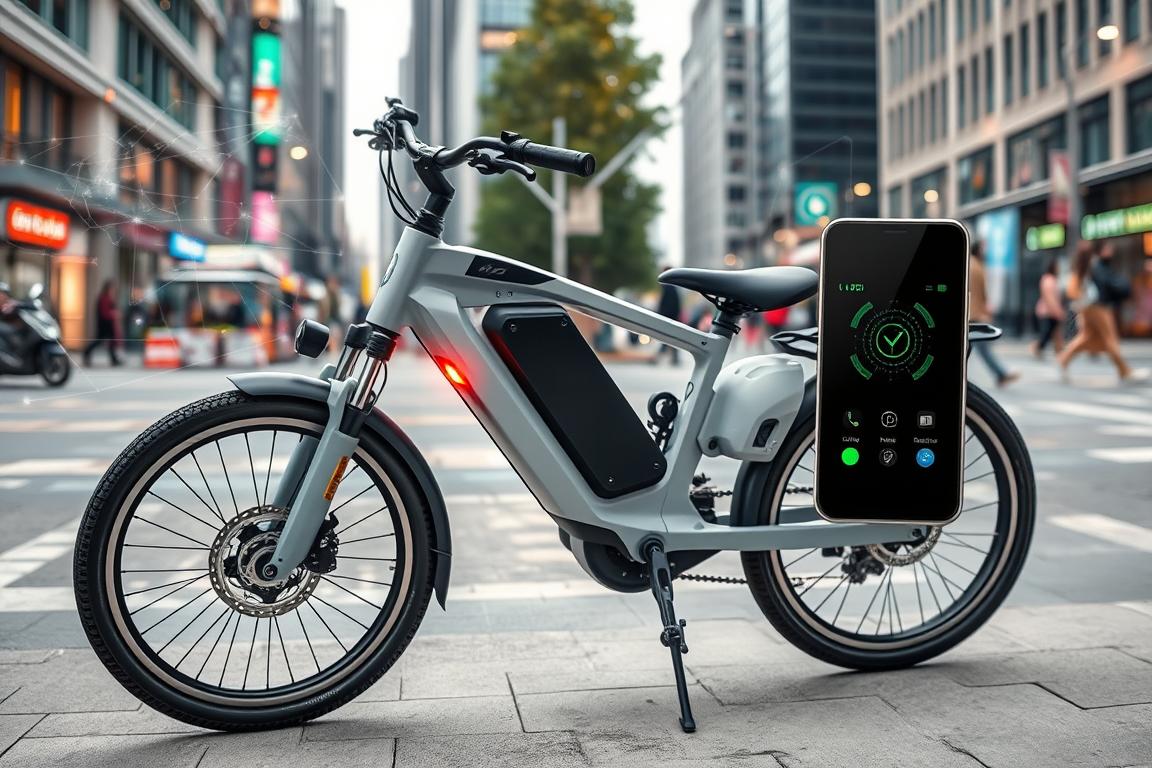
Conclusion: The Essential Role of GPS in Modern Bicycle Security
As e-bikes grow in popularity,
For e-bike owners,
As technology gets better,
FAQ: Electric Bike GPS Tracking and Security
What role does GPS and tracking play in e-bike security?
GPS and tracking systems are key for e-bike security. They act as deterrents and help recover stolen bikes. They offer real-time location info and alerts for unauthorized movement. Modern systems are built into the bike frame for constant protection.
How can GPS tracking devices enhance e-bike security?
What are the current challenges in e-bike security?
The high value of e-bikes makes them theft targets. Traditional security is often not enough.
What are the core components of GPS tracking systems for e-bikes?
Effective
How can e-bike owners implement GPS tracking systems?
E-bike owners can add
What are the real-time monitoring and recovery features of GPS tracking systems?
Modern
What is the future of e-bike protection with GPS technology?
The future of e-bike protection looks bright with advanced GPS technology. We'll see smaller GPS devices, longer battery life, and better location accuracy. AI will also play a big role in analyzing data to keep e-bikes safe.
Manufacturers, insurers, and law enforcement will work together more closely. This will lead to better security systems. These systems will make it harder for thieves to steal e-bikes and easier to find them if they are stolen.


